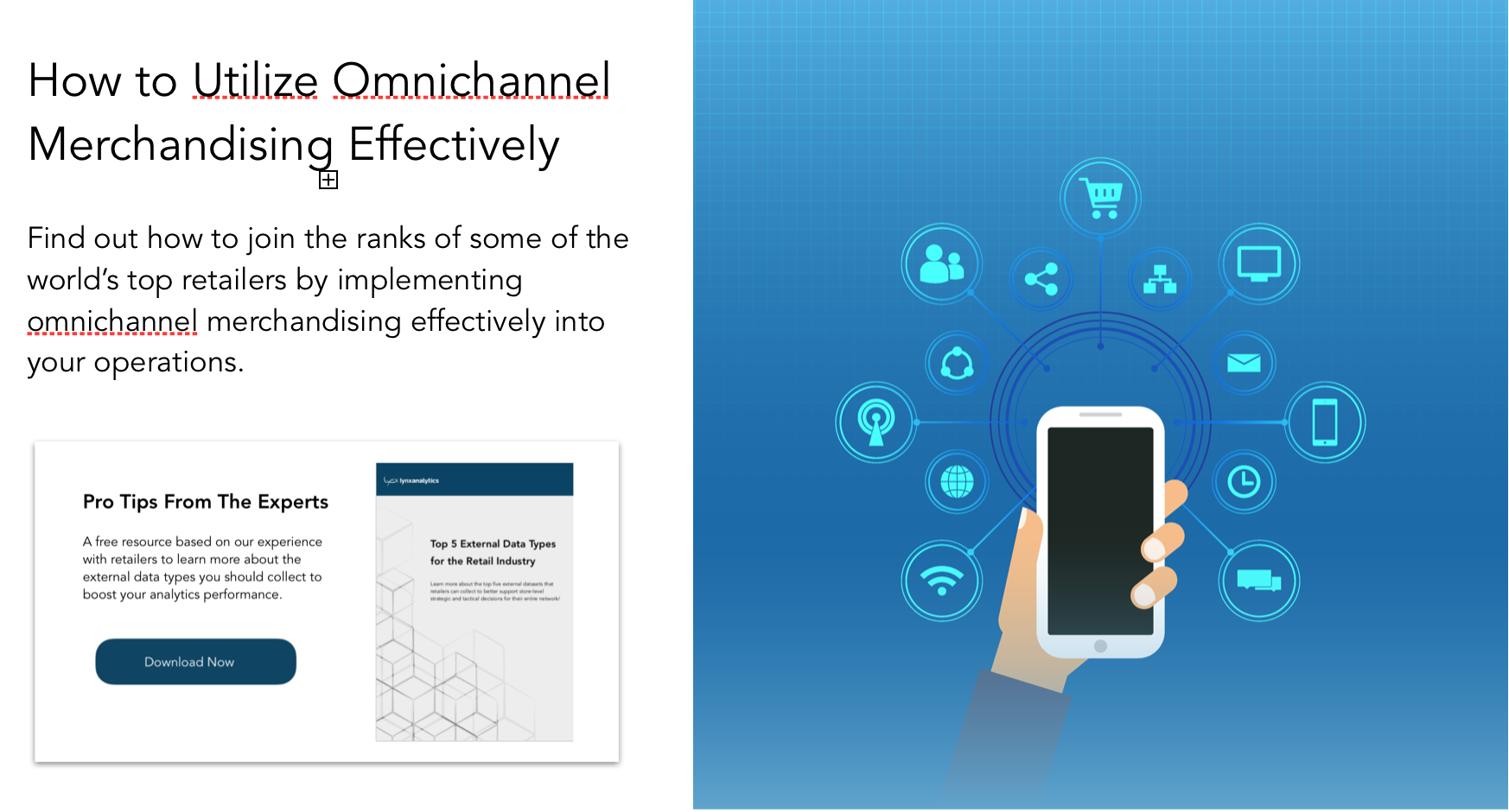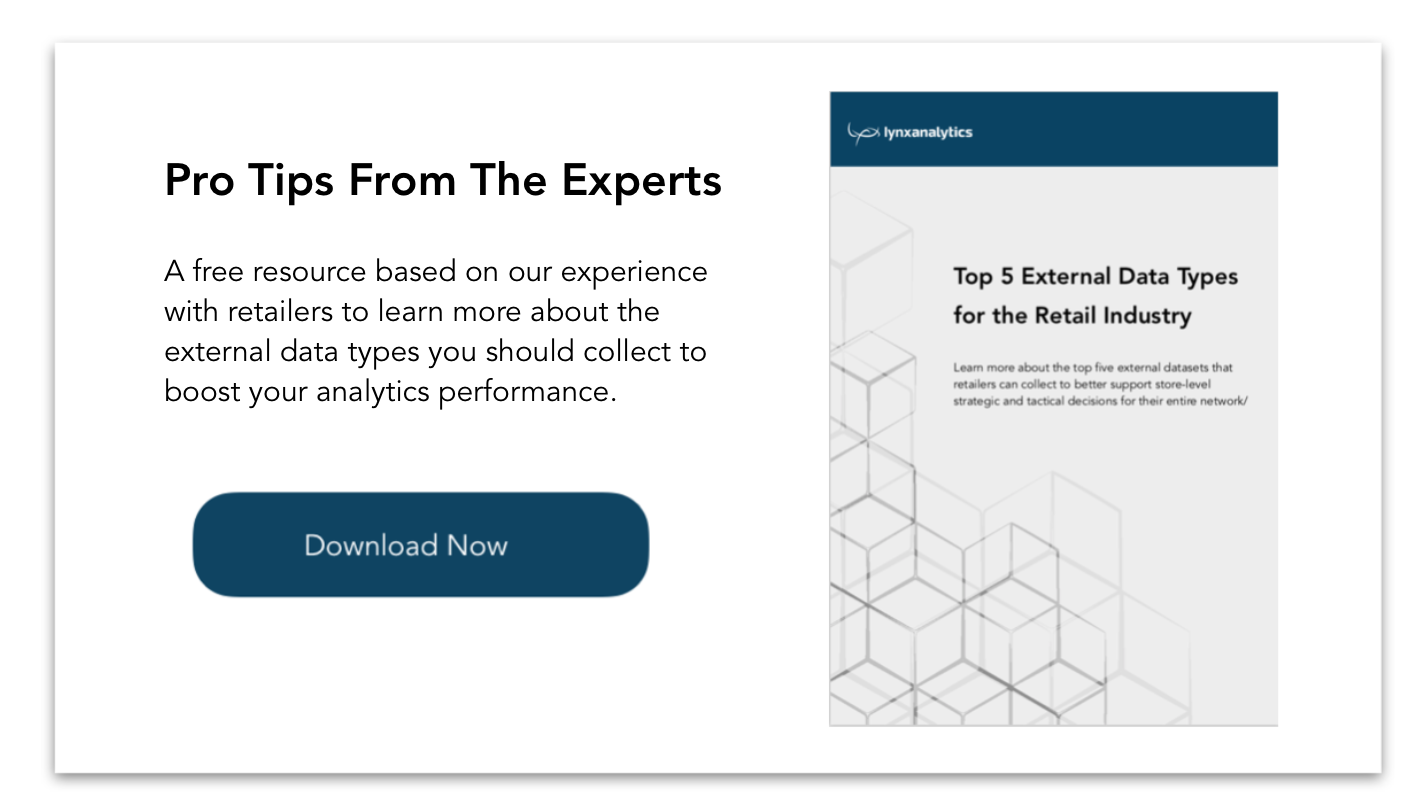In the cutthroat world of retail, it’s a constant struggle to stay ahead of the competition and keep customers shopping. So how can you find ways to be more efficient, more synchronized, and more capable of fulfilling your customers’ desires?
To accomplish this, an increasing numbers of companies are turning to omnichannel merchandising.
In this article, we’ll take a look at what an omnichannel approach encompasses, some examples of it in practice, and how to join the ranks of some of the world’s top retailers by implementing it effectively into your operations.
What is Omnichannel Merchandising?
Omnichannel merchandising is a marketing strategy focused on unifying the different consumer channels such as online stores, brick-and-mortar stores, affiliates, in-store boutiques, resellers, etc. And seeing them as one interlinking process. This contrasts with the situation many businesses find themselves in, whether consciously or not, whereby different channels are managed entirely independently of each other without enough attention given to the broader picture.
The omnichannel concept has been around for many years. But, with the evolution of technology, it has become a central strategy for many retail brands. Highly specialized software, big data analytics, the Internet of Things, and other related technologies have made the omnichannel approach more accessible than ever before.
Companies can collect functional product metrics, tailor assortment optimization for specific markets, set more effective pricing, streamline supply chains, react preemptively to upcoming trends, and much more. At its core, the omnichannel approach can inherently improve operational efficiency, making the entire organization more agile in the face of changing consumer habits, and simplifying the management of key processes.
How to Approach Omnichannel Merchandising
The first step is understanding your customers. This should really be the foundation of any good omni channel merchandising strategy and needs to be addressed early in order to inform the rest of the process.
The key to understanding your customers in today’s marketplace is to leverage technology. In this case, that means collecting relevant customer data, organizing it efficiently, and utilizing data analytics. Modern data analytics uses advanced methods like statistical modeling, artificial intelligence, and machine learning to gain unique insights and accurate predictions.
Leading retailers use data analytics to assist with:
Predicting buying behaviors
Looking at historic and current sales data can provide insight into the way demand fluctuates in response to different factors such as time of the year, location, advertising campaigns, customer habits, and more.
Pricing and promotion strategies
The effectiveness of price changes and product promotions can be accurately gauged by looking at large sets of market data. Using this information, pricing and promotion strategies can be optimized with minimal risk.
Assortment planning
Understanding the way customers behave also enables more accurate assortment planning to meet demand reliably. This directly improves operational and supply chain efficiency. Understanding interactions with different merchandising channels - By viewing all merchandising channels, such as in-store and online, together as one, the differences in customer interaction with each can be more easily identified. Each channel can then be optimized appropriately.
Catchment areas
Determining where the core customers of a given store live, work, and shop can help businesses to target the right customers. This could involve using GPS data, surveys, and various other data sources.
Local competitor analysis
Assessing what competition you have in your designated catchment area can help to inform marketing strategies and differentiation to target customers more effectively.
Following digital footprints
Following the trail of customers’ digital lives, including things like location data, internet usage, shopping habits, and much more. This can be as targeted or broad as necessary, depending on data sources and required level of insight, and can help to unite marketing efforts.
These kinds of strategies, enabled by data analytics, can enable retailers to build a holistic perspective of the processes involved in marketing, production, supply, and so on, that are integral to the overall merchandising process.
With this ‘birds-eye view’, it is then possible to create an overarching strategy that unites the different branches, merging the requirements of both online and offline customer bases.
Which Companies Get it Right?
Many established businesses now employ an omnichannel merchandising strategy with great success. By exploiting multiple avenues simultaneously and managing them centrally, they are able to operate more efficiently on a large scale. Here are a few examples of excellent companies with inspirational omnichannel strategies.
Apple
A titan of technology, Apple has not become one of the most successful companies in history by accident. Efficient omnichannel merchandising is a fundamental part of its business model, helping it to generate yearly revenue in the hundreds of billions of dollars. At its core, ingenious and consistent branding across all channels, along with a holistic view of its customers, have helped Apple become what it is today.
Apple has developed an incredibly loyal customer base over the last few decades via a combination of innovation in advertising and technology. The company’s product range is sold online, in minimally and consistently branded official stores, and through some third-party retailers.
Managing the supply chains, manufacturing, shipping, repairs, retail, and everything else associated with such enormous sales volumes is a mammoth task. Omnichannel thinking is a large part of what makes Apple’s operations so efficient, and it would likely not be so successful without it.
Levi’s
The iconic Levi’s clothing company is one of the great success stories of modern clothing brands, having enjoyed huge growth throughout the 20th and 21st Centuries from its humble beginnings in mid-19th Century America. Initially known solely for its jeans, the company has since managed to expand its product lines to cover almost all conceivable forms of clothing and become a globally recognized brand with thousands of stores worldwide.
Part of the company’s success can be attributed to its skillful adoption of omnichannel merchandising. Having a unified view of the company’s diverse range of customers means that the various channels can operate seamlessly. With so many physical stores in varied markets, as well as significant online sales, Levi’s has built a highly efficient supply system to meet demand, utilizing the power of big data to optimize operations and automate many key processes.
Beyond this, Levi’s’ well-built, strongly branded website, significant physical presence on the high street, targeted advertising campaigns, and embracement of popular culture has enabled the company to go from strength to strength.
Starbucks
The multinational coffee giant, Starbucks, is a great example of how to utilize multiple channels effectively. A complex business, Starbucks is comprised of tens of thousands of cafés worldwide as well as a large-scale merchandising arm. With an extensive range of products sold in-store, online, and across various third-party retailers, the company serves customers in multiple varied environments and needs to maintain highly complex supply chains.
To tackle the substantial challenges this diversity poses, Starbucks has mastered omnichannel merchandising. Their website and online store is fully on-brand and optimized to provide relevant information along with straightforward product sales. The useful mobile app is also consistent with company branding and even acts as a digital loyalty card and payment method - innovative features that appeal to the younger and more digitally engaged sections of their customer base. The high levels of app adoption and engagement (the app has been downloaded millions of times and is used daily by many) also massively assist with the collection of usage data, helping to drive further innovation and optimization.
In addition, prominent, sustained, and wide-scale advertising campaigns across multiple mediums have boosted brand awareness to the point that Starbucks is probably now the most recognizable coffee brand in the world.
Harness the Power of Data
At Lynx Analytics, we work with world-leading brands to enable and facilitate omnichannel thinking. Via our advanced analytics solutions, we can help you to better understand your own operations and gain insight into the ways that successful omnichannel merchandising can be achieved. Get in touch today to learn how we can help you.


